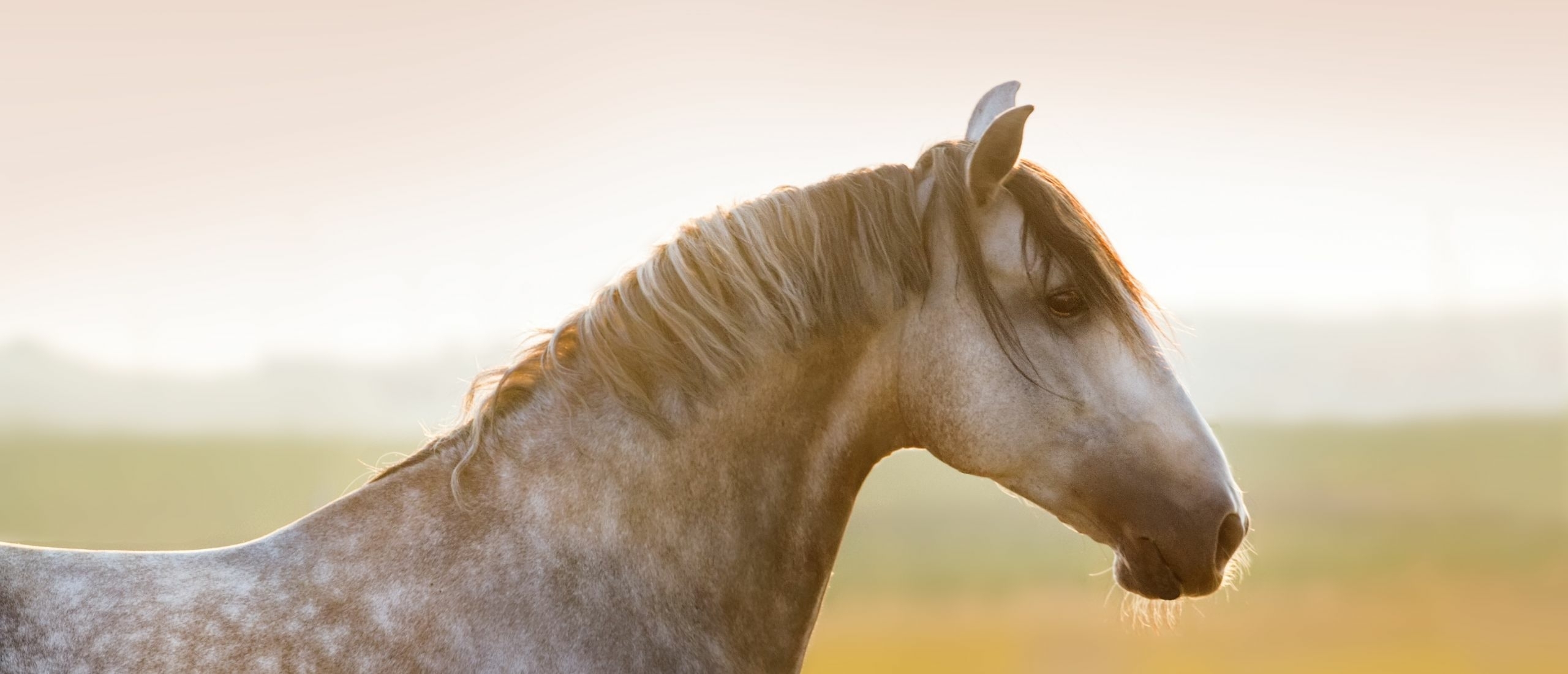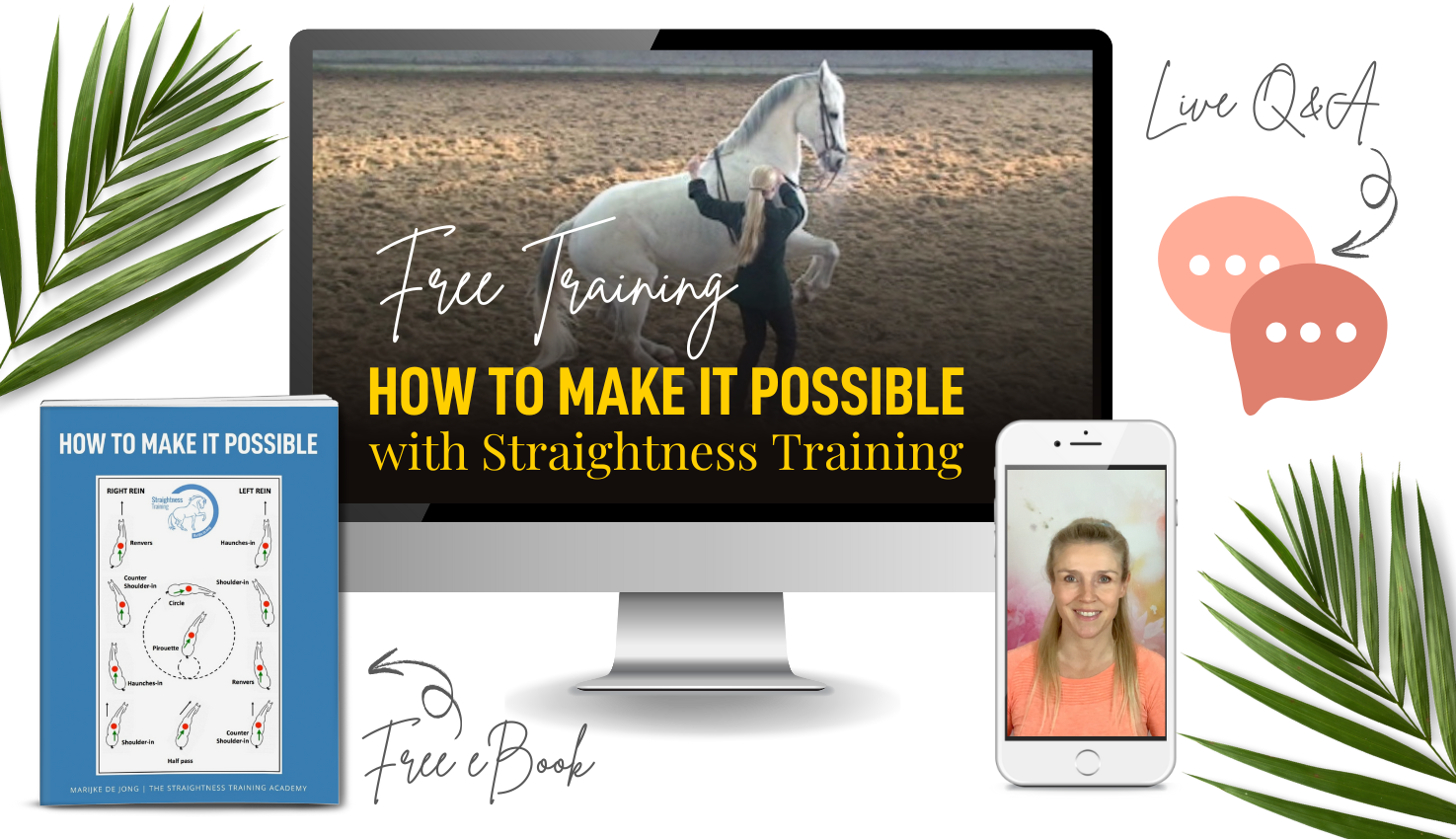
“The Proper Age For Training a Horse is Six, Seven or Eight”
This is a statement of François Robichon de La Guérinière, (1688-1751) a French riding master who wrote a book about schooling horses.
It’s his conclusion when Guérinière talks about unwillingness in horses in his book “Ecole de Cavelerie”.
He writes about timid horses, cowardice, laziness, malice, skittish horses, vicious, angry, stubborn, balky and obstinate horses.
Unwillingness in horses ordinarily results from two causes, according to Guérinière: either exterior faults or those that are interior. Take a look what François Robichon de La Guérinière is saying*:
Exterior faults or interior
- By exterior faults, it is meant weakness of the members, be it natural or accidental, which is found in the loins, haunches, hocks, legs, feet or eyes.
- The interior faults, which are directly responsible for molding a horse’s character, are timidity, cowardness, laziness, impatience, anger and malice, to which may be added, bad habit. When these bad habits have been implanted, they are harder to correct than a bad disposition resulting from nature.
Other causes
The cause of the horse’s defenses is not always found in his nature:
- One often demands things that the horses are not capable of doing in a desire to push them too fast and teach them too much. These excessive demands make them hate exercise, strains and tires their sinews and tendons and often these horses end up ruined when it is believed that they have been trained.
- There is another reason that contributes tot the formation of these faults: the horses are ridden at too early an age and because the work demanded of them exceeds their strength and they are not developed enough to resist the degree of control they are subjected to before being trained, their loins are strained, their hocks are weakened, and they are permanently damaged. The proper age for training a horse is six, seven or eight, according to his native environment.
Young horses
Rebelliousness and indocility, which are so natural, especially in young horses, are more developed in those horses who have become accustomed to the liberty allowed them in the breeding barn and following their mothers.
They have trouble accepting the obedience demanded in the first lessons and yielding to the will of man who, taking advantage of the control he believes to have over them, overly exerts his domination.
This is accompanied by the fact that no animal better recalls the first improperly applied punishments that the horse.
Understanding of a horse’s nature
An understanding of a horse’s nature is one of the first basics in the art of riding. This understanding teaches us how to explain the source of this animal’s good and bad tendencies.
When the nature of a horse is rebellious and one is not able to define the source of this obstinacy, one runs the risk of using methods that are more likely to produce new vices that to correct those one thinks one understands.
Cavalcadours de Bardelle
There used to be persons in charge of exercising the foals outside the breeding barn when they are still wild. They were called Cavalcadours de Bardelle.
Those with the most patience, skill, energy and diligence where chosen.
These people would accustom the young horses to allow someone to approach them in the stable, to pick up all four feet, to touch them, and to put on the bridle, saddle, girth, etc.
They gave them assurance and made them gentle when mounted. They were never harsh or forceful, because at these times they would only use the most gentle methods that came to mind.
Through this ingenious patience, they made a horse familiar with and a friend of man, maintained his vigor and courage, and made him understand and obey the first rules.
If one were to imitate today the plan of these old connoisseurs, one would see fewer horses who are injured, ruined, one-sided, stiff and vicious!
Links to Related & Recommended Articles

